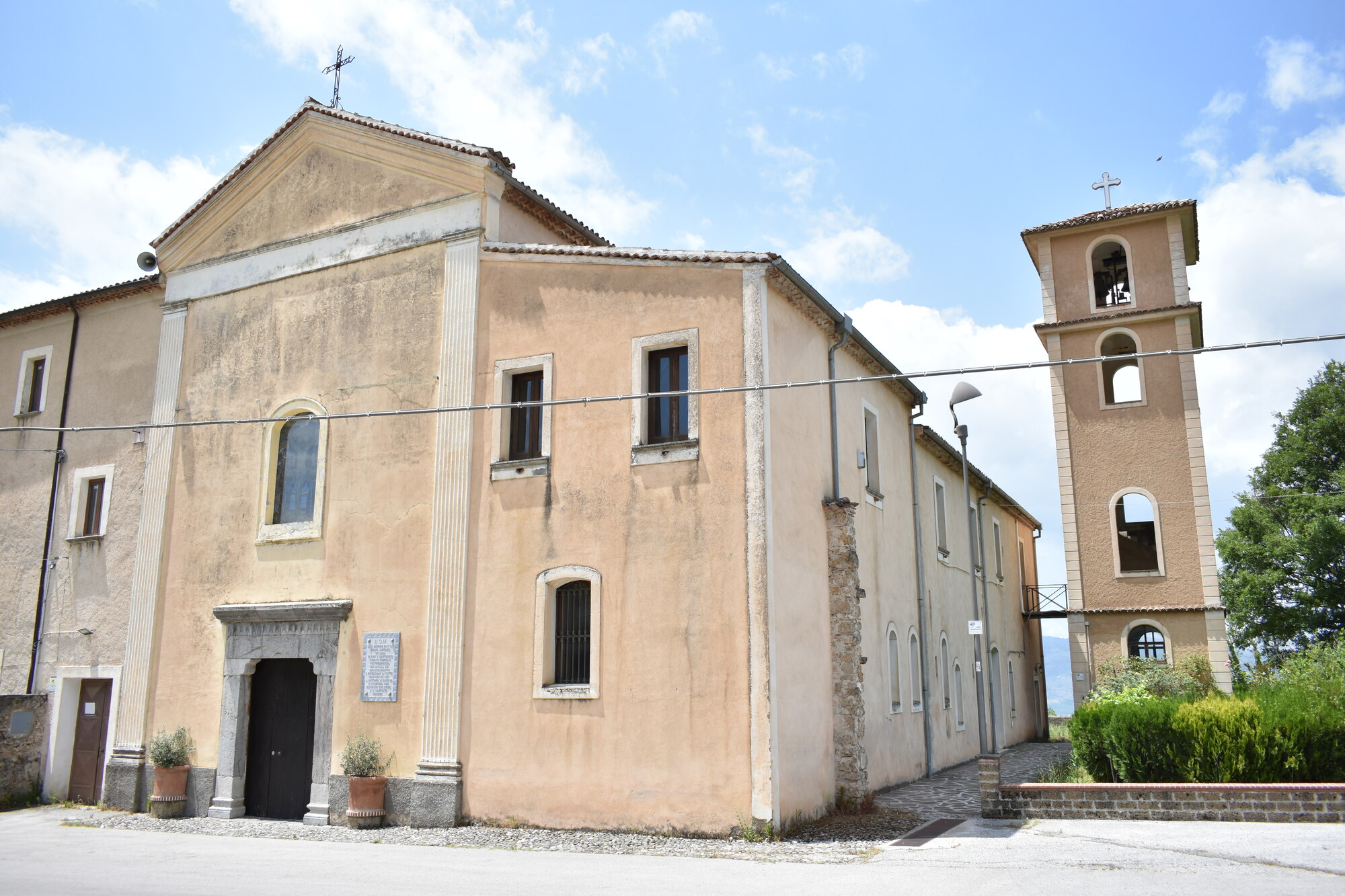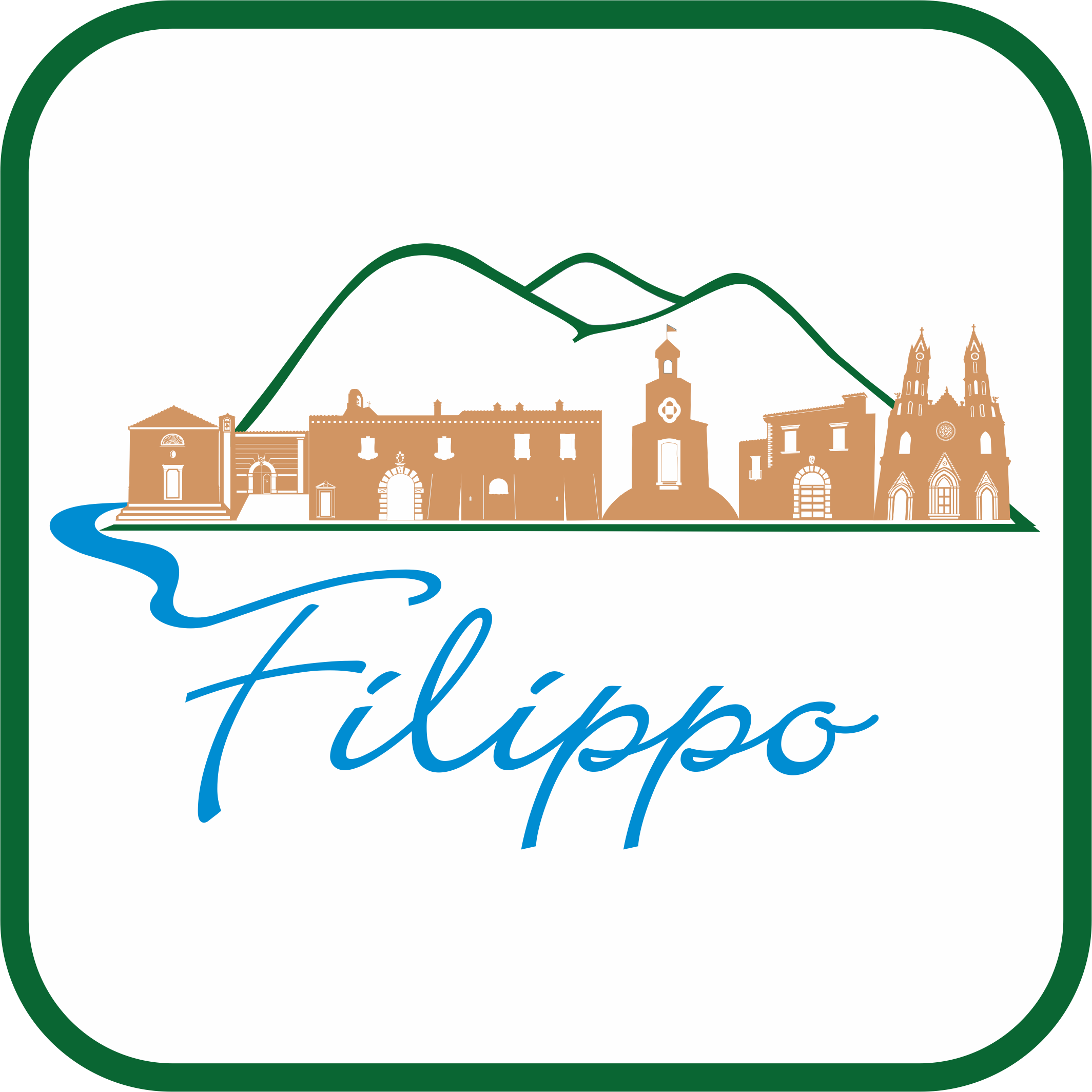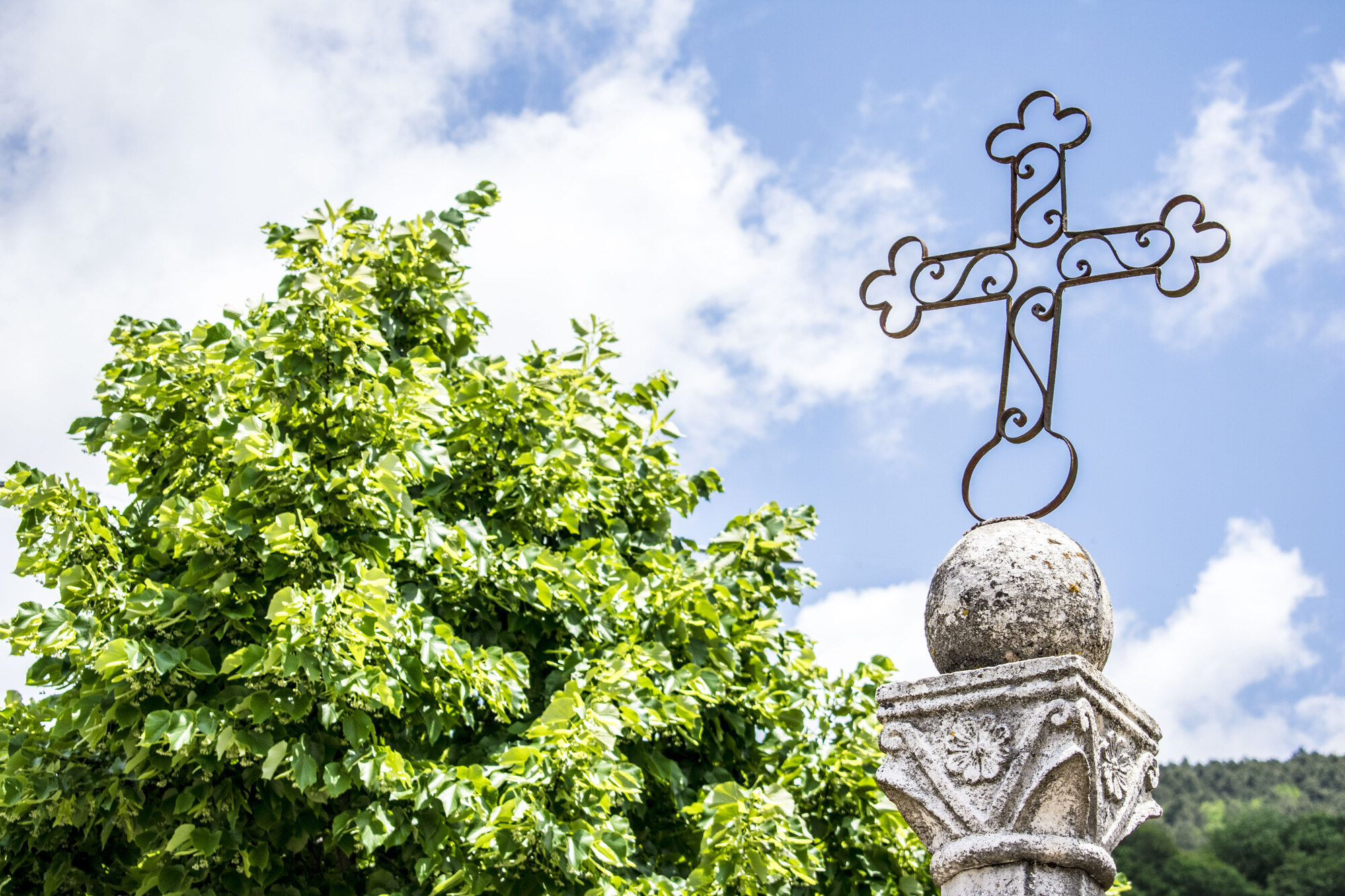Beautiful Architecture
Santuario di Sant'Antonio - Convento dei Cappuccini



Il Santuario di Sant'Antonio istituito nel 2010 è un antico cenobio dei Cappuccini Francescani, ed è situato nella zona omonima “i Cappuccini “a ridosso della area termale, nella zona pedemontana a sud di Montesano Sulla Marcellana. Dalla relazione sui conventi della Provincia Monastica di Basilicata del 1650 si rileva che chiesa e convento furono fondati nell’anno 1590 per volere dell’“Università” e col consenso del vescovo di Capaccio, alla cui Diocesi apparteneva, allora, Montesano. I lavori per la costruzione del Santuario iniziarono nel 1590 e, dopo sei anni i lavori procedettero con impegno e velocità, tanto che nel 1596 il complesso era già ultimato e poté accogliere la prima comunità religiosa.
La struttura era circondata da mura, di cui restano tracce, che perimetravano gli orti annessi.
Di particolare importanza era la presenza di una “gualchiera”, macchina tessile mossa da una corrente d’acqua, alimentata da una copiosa sorgente che sgorgava nell’orto del Convento, la sorgente dei Pisci, che serviva a battere e sodare i tessuti di lana del saio francescano.
Dal 1815 troviamo anche un lanificio, motivo che evitò la chiusura del convento, durante il decennio di dominazione francese.
Era una attività fiorente che permetteva di servire i numerosi conventi francescani presenti sul territorio nazionale. Attività ancora presente con un antico lanificio a Prato Comune (Varchera da gualchiera) e che continua ancora nell’azienda di Maggio, a Tempa Lo Cerro.
L’edificio del Complesso dei Cappuccini era composto da due ali conventuali con interposta chiesetta dedicata, in principio, a San Francesco e in seguito, a San Matteo.
Del convento, l’ala destra, da tempo fatiscente, fu definitivamente demolita alcuni anni or sono per far posto ad un campanile in cemento armato con piazzetta antistante; l’ala sinistra, ancora esistente, negli anni 90 si presentava in stato di avanzato degrado, ed è stato restaurato con fondi 219/1981 e successive modificazioni e integrazioni.
Presenta un impianto a corte, con chiostro a piano terra, sul quale si aprono ambienti per uso comune: refettorio, cucina, dispensa e forno.
Il chiostro, di armoniose proporzioni, è delimitato da archi in muratura a tutto sesto e corridoi con volte a botte.
Al primo livello si accede per mezzo di una scala a due rampe con gradini realizzati in pietra locale, con soffitto a volta rampante, la cui imposta è sormontato da affresco raffigurante lo stemma francescano.
L’ambiente accoglieva su tre lati diciassette celle per i frati ed una riservata al Priore Provinciale.
Il quarto lato, contiguo alla chiesa, funge da loggiato con affaccio sul chiostro.
Il livello superiore, di epoca posteriore, presumibilmente inizio 800, presenta la medesima impostazione di quello sottostante e venne elevato per ospitare lo “Studentato” per la formazione dei futuri sacerdoti.
Durante la sua attività, protrattasi per oltre due secoli e mezzo, il convento fu sede di ben sei capitoli provinciali, l’ultimo dei quali celebrato nel 1846.
Nel 1866, in virtù, della legge eversiva del 7 luglio, venne inesorabilmente soppresso ed acquistato dalle famiglie Cestari e Gerbasio di Montesano.
Tra il 1886 e il 1888 il vescovo di Teggiano del tempo Monsignore Vincenzo Addessi, vista la disponibilità di proprietari, pensò ad un suo riutilizzo per affidarlo ai Passionisti, senza, però riuscirvi a causa di una “vertenza” sulla chiesa. Una proposta analoga fu avanzata nel 1942, ai Missionari di Sacri Cuori, dal Vescovo Monsignore Oronzo Caldarola; essi, pur inviando sul posto il Padre Giuseppe Bottiglieri che, durante la sua permanenza, si adoperò per il completamento della “fabbrica” sulla navata laterale, non ritennero opportuno accettare l’invito.
L’ultima utilizzazione meritevole di nota, quale convitto per giovani studenti, avvenne negli anni 1944- 1945 ad opera dei Vocazionisti.
Abbandonato anche da questi, venne adibito ad annessi agricoli con ovile.
Dopo la donazione dello stabile negli anni 90 da parte della proprietaria Dott.ssa Stefania Cestari al Comune di Montesano, sono state intraprese le necessarie pratiche per il suo recupero ancora oggi presente per la realizzazione di un ascensore. Il complesso conventuale è stato adibito a sede del Museo didattico della fotografia Mudif, istituito il 16 aprile 2011 con l’atto di formalizzazione tra il Comune di Montesano sulla Marcellana e l’Associazione Culturale IL DIDRAMMO, l’accordo prevedeva l’istituzione, nel Vallo di Diano, della sede distaccata del Museo Didattico della Fotografia di Nocera Inferiore.
La Chiesa ebbe, in origine, una sola navata, separata dall’abside da un magnifico arco trionfale.
Quattro archi a pieno centro, aperti nella parete laterale di destra, immettono nella navata minore, aggiunta al corpo principale verosimilmente intorno alla seconda metà del XVII secolo. Essa accoglie le cappelle con altari e icone di San Francesco, Santa Rosa da Viterbo, Sant’Antonio e San Felice.
Nel pavimento trovano posto due sepolture, una dei Frati e l’altra della famiglia Cestari.
Le pareti di quest’ultima sono prive di qualsiasi ornamento, a differenza dell’aula maggiore, che è ricoperta di stucchi, lesene e decorazioni di gusto barocco.
Il pregevole altare maggiore, in marmo policromo, fu fatto edificare nel 1863 dalla Pubblica Amministrazione di Montesano. Una tela raffigurante l’Immacolata circondata da simboli e con i piedi gli apostoli San Giovanni e San Matteo, che un tempo campeggiava sulla parete di fondo dell’abside, è stata recentemente restaurata e sistemata sulla parete sinistra del presbitero.
I lavori di restauro della chiesa hanno riportato al loro splendore la chiesa con i suoi stucchi, e ancora oggi dopo un po’ di anni dai lavori, la chiesa si presenta in tutta la sua bellezza e la poca luce proveniente dai due finestroni di sinistra lasciano l’ambiente in una mistica penombra che predispone al raccoglimento.
Grande è la devozione a Sant’Antonio, il Santo di Padova, il Santo dei miracoli o il taumaturgo, cioè colui che opera i prodigi.
Tanta è la fiducia dei cittadini Montesanesi che ripongono nel Santo una grande devozione introdotta fin dalla fondazione del convento. Il Santo è venerato da tutto il popolo di Montesano e unisce tutto il territorio. Un rito importante è la vestizione dei bambini con il saio francescano e fino a pochi anni fa’ nella chiesa esisteva una bilancia di legno dove venivano messi i bambini miracolati da una parte e dall’altra un cinto (castelli di candele) di pari peso del bimbo.
I cinti sono oggetti costruiti con una maestria antica, tramandati da artigiani in artigiani come Antero Matteo, che ha dedicato tutta la sua vita a questa tradizione.
The Sanctuary of San Antonio established in 2010 is an ancient monastery of the Franciscan Capuchins, and is located in the area of the same name "the Capuchins" near the spa area, in the foothills south of Montesano Sulla Maricani. From the report on the monasteries of the Monastic Province of Basilicata of 1650 it is noted that the church and convent were founded in 1590 at the behest of the "University" and with the consent of the bishop of Capaccio, to whose diocese Montesano belonged at the time. The works for the construction of the Sanctuary began in 1590 and, after six years the works proceeded with commitment and speed, so much so that in 1596 the complex was already completed and could accommodate the first religious community.
The structure was surrounded by walls , of which traces remain, which surrounded the adjoining gardens.
Of particular importance was the presence of a "fulling machine", a textile machine moved by a current of water, fed by a copious spring that gushed into the Convent's garden , the source of the Pisci, which was used to beat and firm the woolen fabrics of the Franciscan habit.
Since 1815 we also find a wool mill, a reason that prevented the closure of the convent, during the decade of French domination.
It was a thriving business that made it possible to serve the numerous Franciscan monasteries present on the national territory. Activity still present with an ancient wool mill in Prato Comune (Varchera da gualchiera) and which still continues in the company of Maggio, in Tempa Lo Cerro.
The building of the Capuchin Complex was composed of two convent wings with an interposed church dedicated, in the beginning, to San Francesco and later, to San Matteo.
Of the convent, the right wing, which had long been dilapidated, was definitively demolished a few years ago to make way for a bell tower in reinforced concrete with a small square in front; the left wing, which still exists, in the 90s was in an advanced state of decay, and has been restored with funds 219/1981 and subsequent modifications and additions.
It has a courtyard layout, with a cloister on the ground floor, on which there are rooms for common use: refectory, kitchen, pantry and oven.
The cloister, of harmonious proportions, is bordered by round masonry arches and corridors with barrel vaults.
At the first level is accessed by means of a two-flight staircase with steps made of local stone, with a rampant vaulted ceiling, whose shutter is surmounted by a fresco depicting the Franciscan coat of arms.
The environment housed on three sides seventeen cells for the friars and one reserved for the Prior Provincial.
The fourth side, contiguous to the church, acts as a loggia overlooking the cloister.
The upper level, from a later period, presumably from the early 1800s, has the same layout as the one below and was elevated created to house the "Studentate" for the formation of future priests.
During its activity, which lasted for over two and a half centuries, the convent was the seat of six provincial chapters, the last of which was celebrated in 1846.
In 1866, by virtue of the subversive law of 7 July, it was inexorably suppressed and purchased by the Cestari and Gerbasio di Montesano families.
Between 1886 and 1888 the bishop of Teggiano of the time Monsignore Vincenzo Addessi, given the availability of owners, he thought of reusing it to entrust it to the Passionists, without, however, succeeding due to a "dispute" over the church. A similar proposal was made in 1942, to the Missionaries of Sacred Hearts, by Bishop Monsignore Oronzo Caldarola; although they sent Giuseppe Bottiglieri who, during his stay, worked to complete the "factory" on the side aisle, they did not consider it appropriate to accept the invitation.
The last use worthy of note, such as boarding school for young students, took place in the years 1944-1945 by the Vocationists.
Also abandoned by these, it was used as agricultural annexes with sheepfold.
After the donation of the building in the 90s by the owner Dott Stefania Cestari to the Municipality of Montesano, the necessary procedures were undertaken for its recovery still present today for the construction of an elevator. The convent complex was used as the seat of the Mudif Educational Museum of Photography, established on April 16, 2011 with the formalization act between the Municipality of Montesano sulla Marparmi and the Cultural Association IL DIDRAMMO, the agreement provided for the establishment, in the Vallo di Diano, of the branch of the Museo Didattico della Fotografia di Nocera Inferiore.
The Church originally had a single nave, separated from the apse by a magnificent triumphal arch.
Four full-center arches , open in the right side wall, lead into the minor nave, probably added to the main body around the second half of the 17th century. It houses the chapels with altars and icons of San Francesco, Santa Rosa da Viterbo, Sant'Antonio and San Felice.
In the floor there are two tombs, one of the Friars and the other of the Cestari family.
The walls of the latter are devoid of any ornament, unlike the main hall, which is covered with stuccoes, pilasters and decorations in Baroque style.
The valuable high altar, in polychrome marble, was built in 1863 by the Montesano Public Administration. A canvas depicting the Immaculate Conception surrounded by symbols and with the apostles St. John and St. Matthew with their feet, which once stood on the back wall of the apse, has recently been restored and placed on the left wall of the presbyter.
I restoration work on the church has restored the church to its splendor with its stuccoes, and even today after a few years from the works, the church is presented in all its beauty and the little light coming from the two large windows on the left leaves the environment in a mystical penumbra that predisposes to meditation.
Great is the devotion to Saint Anthony, the Saint of Padua, the Saint of miracles or the thaumaturge, that is, he who works wonders.
So much is the trust of the citizens of Montesano who place in the Saint a great devotion introduced since the foundation of the convent. The Saint is venerated by all the people of Montesano and unites the whole territory. An important rite is the dressing of children with the Franciscan habit and until a few years ago in the church there was a wooden scale where the miraculous children were placed on one side and on the other a girdle (castles of candles) of equal weight. child.
The girdles are objects built with an ancient mastery, handed down from craftsmen to craftsmen such as Antero Matteo, who has dedicated his entire life to this tradition.












